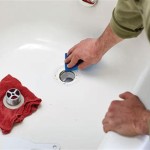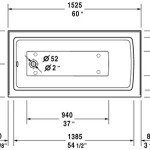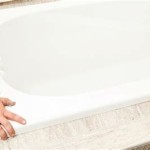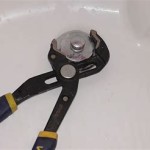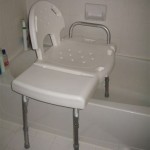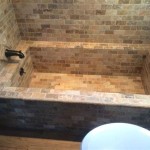What Is The Most Common Bathtub Material?
Bathtubs are a staple part of most bathrooms, providing a place to relax and unwind after a long day. But with so many different materials available, it can be difficult to know which one is right for you. In this article, we'll take a look at the most common bathtub materials and discuss their pros and cons so that you can make an informed decision about which one is best for your needs.
The most common bathtub material is acrylic. Acrylic is a lightweight, durable material that is easy to clean and maintain. It is also available in a wide variety of colors and styles, so you're sure to find one that matches your bathroom decor. However, acrylic bathtubs can be more expensive than other materials, and they can be scratched or damaged if they are not properly cared for.
Another popular bathtub material is fiberglass. Fiberglass is a strong, lightweight material that is also easy to clean and maintain. It is less expensive than acrylic, but it is not as durable and can be more easily scratched or damaged. Fiberglass bathtubs are also available in a wide variety of colors and styles, but they may not be as stylish as acrylic bathtubs.
Cast iron is a classic bathtub material that has been used for centuries. Cast iron bathtubs are extremely durable and can last for many years. They are also very heavy, so they can be difficult to move or install. Cast iron bathtubs are available in a variety of styles, but they are typically more expensive than other materials.
Finally, there are porcelain bathtubs. Porcelain is a non-porous material that is easy to clean and maintain. It is also very durable and can last for many years. However, porcelain bathtubs are more expensive than other materials, and they can be chipped or cracked if they are not properly cared for.
So, which bathtub material is right for you? The best way to decide is to consider your needs and budget. If you are looking for a durable, easy-to-clean bathtub that is available in a variety of styles, then acrylic is a good choice. If you are on a budget, then fiberglass is a good option. If you are looking for a classic, durable bathtub that will last for many years, then cast iron is a good choice. And if you are looking for a non-porous, easy-to-clean bathtub that is also stylish, then porcelain is a good choice.
How To Choose The Best Bathtub Material A Comparison Guide Vevano

4 Common Bathtub Materials Pros Cons What To Buy For Your Bathroom

Common Bathtub Materials Pros And Cons 2024 Badeloft

Common Bathtub Materials Pros And Cons 2024 Badeloft

Common Bathtub Materials Pros And Cons 2024 Badeloft

What Is The Best Material For A Freestanding Bathtub Luxury Tubs

9 Common Bathtub Materials And The Pros Cons Aqua Living

Common Bathtub Materials And Their Pros Cons

How To Choose The Best Bathtub Material A Comparison Guide Vevano

What Exactly Are Bathtubs Made Of Luna Spas
Related Posts

